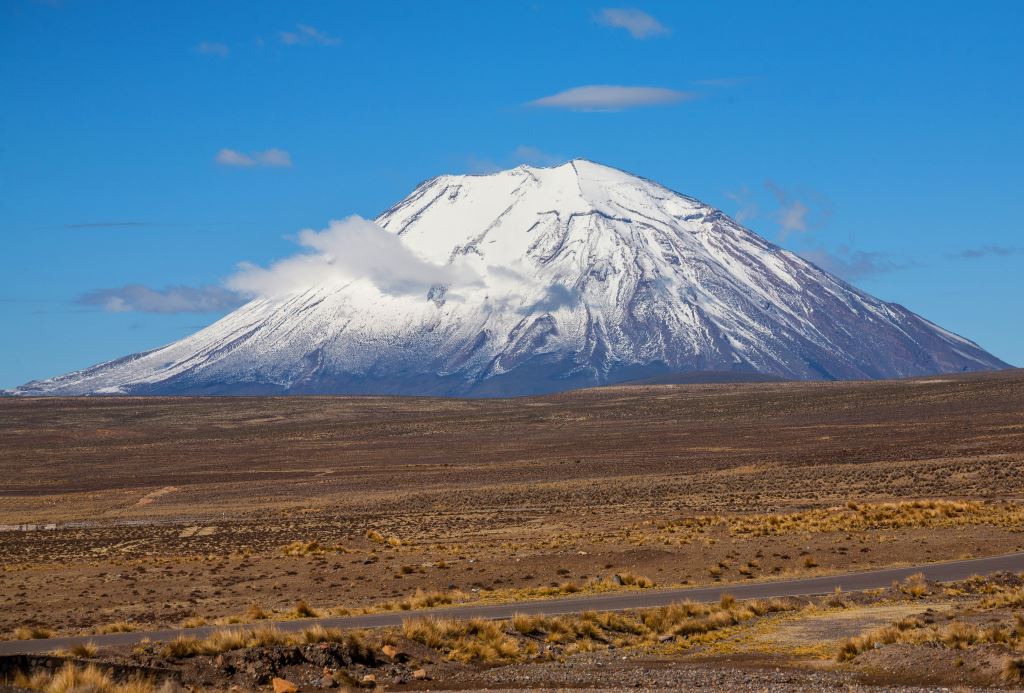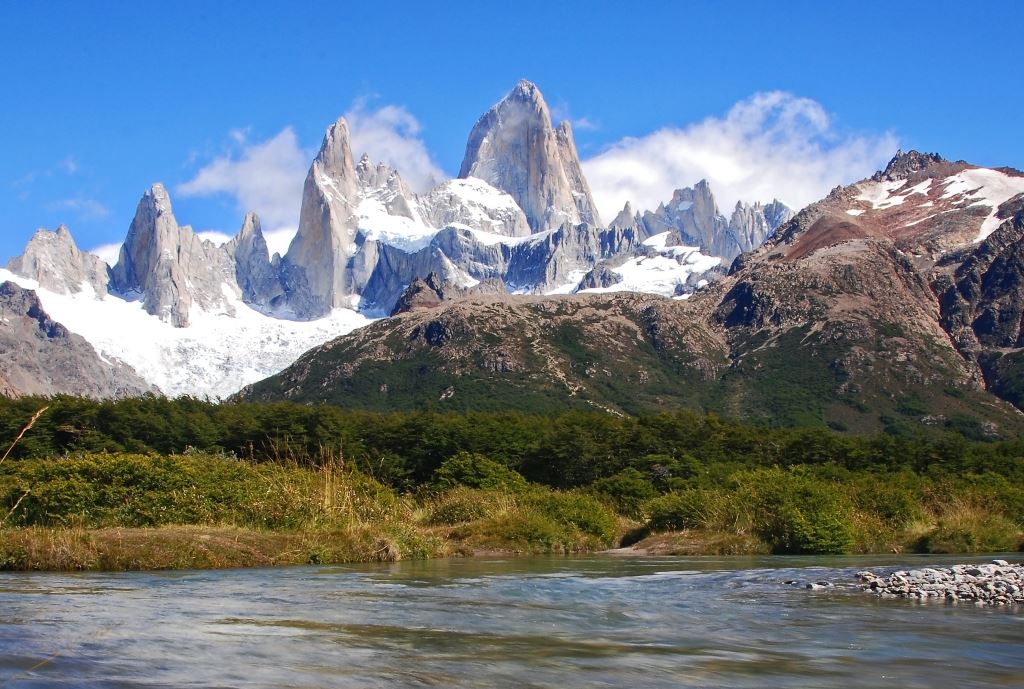If you live in a low-lying country, altitude sickness is a condition that you are unlikely to experience outside of a movie theatre, but in real life the effects of altitude aren’t only limited to the mountaineers and climbers you might have seen on the silver screen. In many countries in South America and Asia, living with even extreme altitudes can be a way of life, so if you are planning to work or take a holiday in Peru, Nepal or somewhere similar then it’s important to prepare yourself properly and often to learn from the locals about the best way to go about things.
Your body behaves very differently at higher altitudes, primarily due to the lower levels of oxygen in the blood the higher you go. This means that even mild exertion can place a lot of strain on the body but also affects more basic body functions. In fact, above certain elevations (most doctors reckon on around 4000m above sea level) your body loses its ability to heal itself properly, making even a slight cold impossible to shake off, and it also has important effects on conditions like pregnancy – in South America, for example, local women usually descend to villages below 4000m for the duration of their pregnancies.

El Misti Volcano in Arequipa, Peru
If possible, it’s best to plan your itinerary so that you naturally acclimatise gradually. For example, if you are planning a holiday in Peru, then it makes sense to arrange your trip so that you visit somewhere like Arequipa (at 2,300m above sea level) so that your body has a chance to get used to an intermediate altitude before you travel up to Cusco (3,300m) or Lake Titicaca (3,800m). It’s when people travel straight to these more elevated destinations that they tend to experience problems, whereas with a slower, gradual acclimatisation the risks are greatly minimized.
The key thing is to allow your body the time to adjust, so on arrival at higher altitude you should give yourself plenty of time without a set agenda. Don’t try and dash out to see all the sights on your first day, allow some free time for you to just sit and relax. This isn’t to say that you will be bed-ridden but that you shouldn’t go for a jog in the morning or hit the hotel gym, even if that’s your usual routine. If your travels have taken you to somewhere over 3000m, even if you have part-acclimatised at slightly lower altitudes, you should be prepared for a slight headache and disturbed sleep – this is perfectly normal as your body adjusts, but if the headaches become severe you should contact a doctor.

Trekking in Sta. Cruz, Peru
If you follow this common sense advice, you really shouldn’t have any great problems with the altitude, and after a few days any headache is likely to have disappeared, your appetite will return, and you can look forward to an ice-cold beer at the end of a full day’s sight-seeing!


 (5 votes, average: 4.00 out of 5)
(5 votes, average: 4.00 out of 5)








